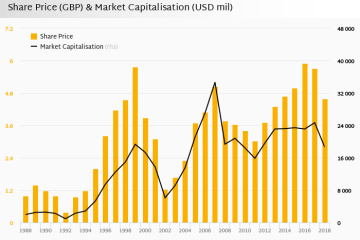The Rise of Streamed Content in Today’s Media Landscape

Introduction
The advent of streaming technology has revolutionised the way audiences consume media. With more people working from home and looking for entertainment options, streaming services have seen a phenomenal rise in popularity. This shift towards digital content not only reflects changing consumer habits but also influences traditional media, forcing industries to adapt rapidly.
Current Trends in Streaming
According to a recent report by Deloitte, around 80% of UK households now subscribe to at least one streaming service. This figure has doubled over the past five years, highlighting how central streaming has become to our daily lives. Major players like Netflix, Amazon Prime Video, and Disney+ continue to dominate, while an increasing number of niche platforms are catering to specific interests, such as horror, documentaries, and international films.
Moreover, the COVID-19 pandemic significantly accelerated this trend. During lockdowns, streaming services reported up to 50% increase in viewership. As a result, many consumers have expressed that they prefer streaming over traditional cable packages, often citing the flexibility and variety of content available.
Impact on Traditional Media
The growth of streamed content has prompted traditional broadcasters to rethink their business models. Many have launched their own streaming platforms in an attempt to capture a share of the lucrative market. For example, the BBC introduced iPlayer, allowing viewers to watch shows on-demand rather than on schedule. Similarly, ITV launched ITV Hub, mirroring the practices of its streaming competitors.
Furthermore, the production industry has also felt the impact, as streaming platforms now invest heavily in original content. Netflix alone spent over £10 billion on original programming in 2023, with a focus on creating high-quality shows and films to attract and retain subscribers. This has led to fierce competition among content creators, resulting in more diverse and innovative storytelling.
Challenges Ahead
Despite the significant advancements and user adoption, the streaming industry faces its challenges. As competition increases, platforms are pressured to keep subscribers engaged, potentially leading to higher subscription costs. Additionally, the issue of shared accounts complicates revenue generation, prompting discussions about stricter regulations on account sharing.
Conclusion
The rise of streamed content has fundamentally transformed how we consume media, leaving an indelible mark on both audiences and industries. As streaming continues to expand, it promises to offer even more choices and convenience, but also presents challenges that will shape the future of entertainment. For consumers, staying informed about trends in the streaming landscape will be crucial as new options and technologies emerge.









